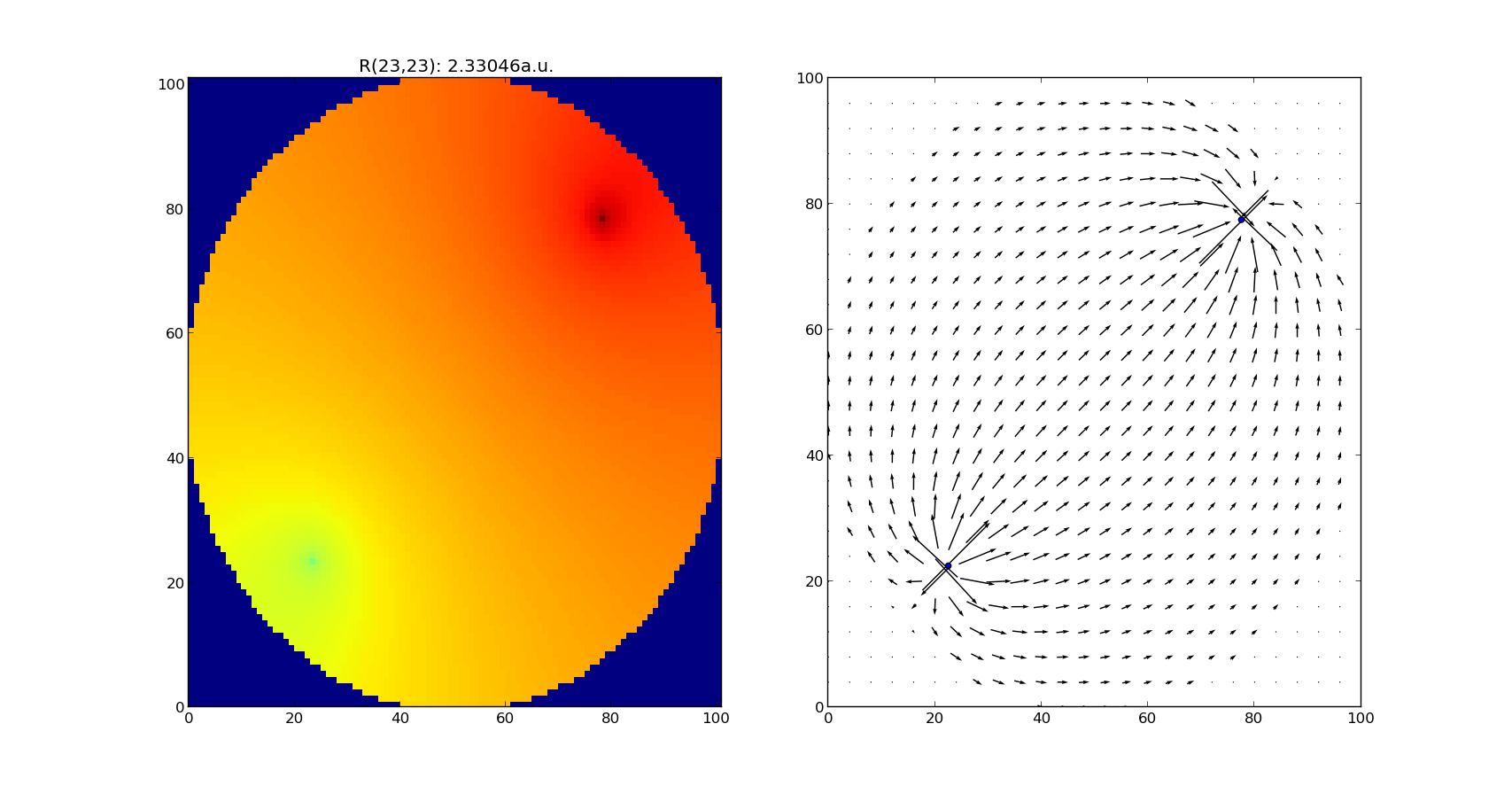If I have an arbitrarily shaped object made of a uniform material of some specified resistivity, how would I go about calculating the resistance between two measurement points with known contact geometry?
Is there a general formula for this? (other than just Maxwell's equations) If so, where would I find a derivation?
Edit: Some simulations re answer below:


